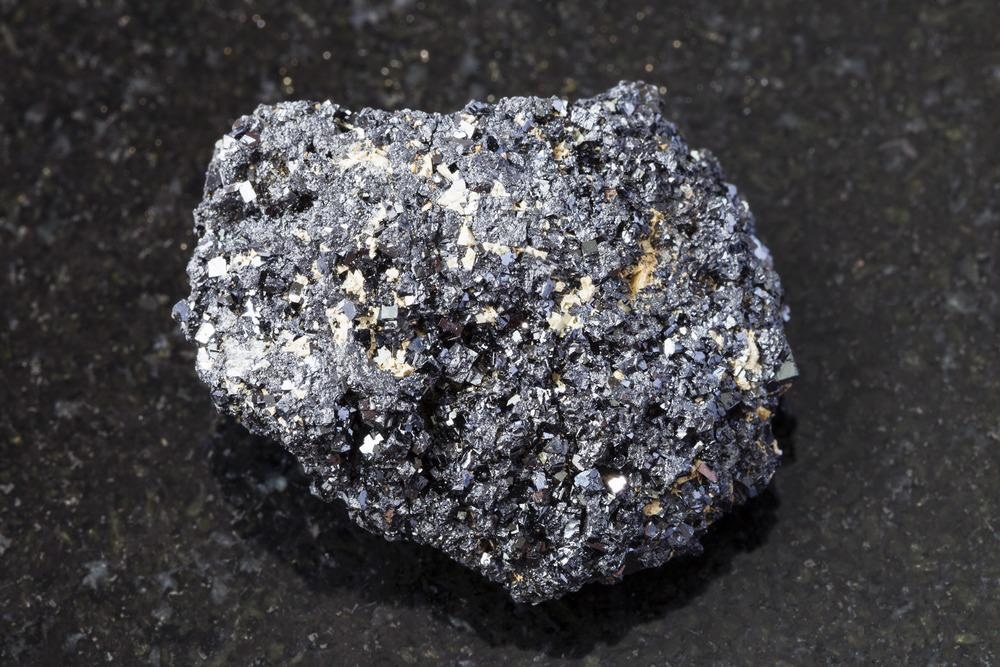Metal halide perovskites have been extensively explored in recent years due to their optoelectronic properties which make them candidates for inclusion in photovoltaic devices and other applications. 3D printing these materials as inks has further elicited interest from researchers, and now a study published in the journal Chem discusses recent developments in the evolution of printable perovskite inks and proposes future research directions.

Study: Chemical insights into perovskite ink stability. Image Credit: vvoe/Shutterstock.com
Metal Halide Perovskites
Metal halide perovskites are a class of hybrid materials. They are advantageous for several fields including photovoltaics and solar energy harvesting due to advantages in straightforward fabrication processes, low cost, and their unique optoelectronic properties. Photovoltaic devices including these hybrid materials display exceptional performance on a par with traditional crystalline silicon solar cells. There is a significant call for their industrial-scale use.
3D metal halide perovskites traditionally have the chemical formula ABX3, where A is an organic cation, B is a metal cation, and X is a halide cation. In recent years, unconventional and complex compositions of metal halide perovskites have been explored by researchers. These complex perovskites have diverse cations and anions embedded in them.
Metal halide perovskites can be fabricated using a diverse range of techniques, including thermal deposition and solution drop-casting. In the most common fabrication method is the self-assembly of the perovskite structure during spin-coating onto a substrate with mild thermal annealing from precursors dissolved in a solvent.
Industrial-Scale Production of Metal Halide Perovskites and Challenges
Realizing the industrial-scale production of metal halide perovskites will facilitate their commercial viability and uptake, calling for significant technological innovation. The realization of industrialized metal halide perovskite manufacture faces key challenges which must be addressed. Mainly, the challenges to overcome include device stability and large-area film manufacture.
The uptake of technology is restrained by a lack of rationale for the solution behavior of precursor materials. This is particularly true of perovskite inks. The fundamental properties of these inks and how their time-dependent evolution affects their performance and properties are still relatively unexplored, which further hinders the establishment of stable, reproducible processing protocols.
Precursor solutions are complex and dynamic dispersions of molecules, containing solvated ions, colloids, lead halide complexes, and aggregates which all have different natures and dimensions. Multiple chemical species can react with the solvent and each other. The complex and dynamic nature of the mixture and chemical interactions consequently leads to ink variations over time, which can affect the final composition of the printed metal halide perovskite films.
Application of Impedance Spectroscopy to Metal Halide Perovskite Materials
Furthermore, solutions often contain small amounts of functional additives that affect the morphology, processing, phase purity, and film stability of printed perovskites. It is commonly accepted in scientific communities that the precursor solutions must be used as soon as possible after preparation to reduce unwanted variables and perturbations in the final printed product which can affect device performance.
Whilst this empirical observation is widely accepted, the rationale behind it is incomplete and requires significant research focus to elucidate the reason why this should be. Additionally, further studies are required to elucidate how ink complexity and the reactivity of components influence perovskite ink stability over time. Furthermore, efforts are needed to characterize precursor solutions and how their reactivity relates to the quality of printed perovskite inks.
Considering the Chemical Evolution and Properties of Printed Metal Halide Perovskite Inks
To elucidate information on this subject and provide a knowledge base for future developments in the field of printed perovskite inks, the research published in Chem has considered the chemical evolution of perovskite inks and outlined future directions for research. The starting point of the research is the known chemical reactivities of chemicals that are present in perovskite ink solutions.
The study provides a deep and comprehensive characterization of the chemical-physical properties of perovskite inks. Characterizing these properties is a fundamental starting point for rationalizing the ink’s evolution over time, which affects the characteristics of the printed film and device performance.
In the study, there are two main sections into which the chemical nature of the precursors is organized: the first section focuses on the metal precursor and the influence of factors such as aging, temperature, and solvents on the resulting halide.
The second section deals with the organic cation’s reactivity, which has recently been discovered to be a major influence on perovskite ink stability. Additionally, the comparative study set forth by the authors includes a survey of current diagnostic techniques and how effective they are at elucidating the fate of perovskite components over time.
The Future
The study has provided a comprehensive synopsis of parameters and chemical species that affect the perovskite ink’s solidity, and the authors have used the observations gathered from experimental studies to provide guidelines for stabilizing precursor solutions and outline future research development in the field of printed metal halide perovskite inks.
Further Reading
Rizzo, A, Listori, A & Colella, S (2021) Chemical insights into perovskite ink stability [online] Chem | sciencedirect.com. Available at: https://www.sciencedirect.com/science/article/abs/pii/S2451929421005404
Disclaimer: The views expressed here are those of the author expressed in their private capacity and do not necessarily represent the views of AZoM.com Limited T/A AZoNetwork the owner and operator of this website. This disclaimer forms part of the Terms and conditions of use of this website.